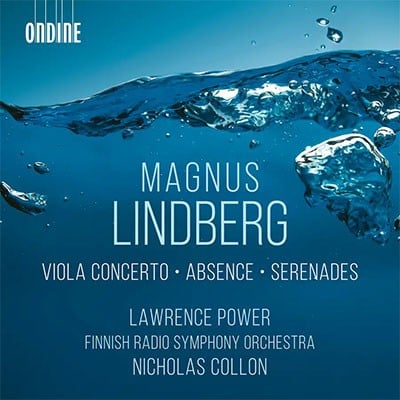2.2.2.2-2.2.0.0-timp-str
Abbreviations (PDF)
Boosey & Hawkes
How do you approach Ludwig van Beethoven for a conversation? For my part, I wanted to tread lightly so as not to be intimidating or to be overwhelmed. To find a starting point for the conversation I chose the same orchestral forces that Herr van Beethoven used for most of his symphonies – double woodwinds, two horns, two trumpets, timpani and strings – also allowing me to share his alphabet.
What struck me when reading the fascinating Konversationshefte (Conversation Books) of Beethoven, was how the themes ranged from household practicalities or where to find the best ‘kaffeehaus’ to sublime philosophical matters.
These sharp contrasts were how he lived, always able to change mood within a second. Beethoven seemed to be nervously adapted to this: going from the unexpected to the next unexpected seemed perfectly natural. So from this I was inspired to embrace contrast rather than avoid it, with no fear of sharp cuts.
It was not, and could never have been the intention for me as a 21st-century composer to try and remake a masterpiece à la Beethoven. That would be just ridiculous. But, what I could do was to bring up some Beethovenian quotes, as you do when politely asking about an idea which your much more experienced colleague has raised. What does this quote actually mean and how can it be interpreted?
As for quotes from his music, I wanted to only use a few, namely the eleventh bar of the slow movement in the Piano Sonata “Les Adieux” Op. 81a, the astonishing sequence at the end of the first movement of the Second Symphony with the rising chromatic bass line covering the entire octave, and the opening chord of the Finale of the Ninth Symphony.
The utterly modern ‘dissonances’ speak for themselves and the conversation is happening in the music. As it should.
Magnus Lindberg (August 2020)
Reproduction Rights:
This programme note may be reproduced free of charge in concert programs with a credit to the composer.
This work evolved from Magnus Lindberg’s examination of Beethoven’s Conversation Books, used by the composer to communicate as his hearing increasingly failed. Lindberg noted how “the themes ranged from household practicalities or where to find the best ‘kaffeehaus’ to sublime philosophical matters. These sharp contrasts were how he lived, always able to change mood within a second.” Lindberg’s piece mirrors these sudden but seemingly natural jumps in Beethoven’s music, while also adopting the title of the slow movement of the Piano Sonata ‘Les Adieux’ Op. 81a, marked ‘Abwesenheit’ (Absence). A bar from this movement is quoted, as well as “the astonishing sequence at the end of the first movement of the Second Symphony with the rising chromatic bass line covering the entire octave, and the opening chord of the Finale of the Ninth Symphony”.

Finnish Radio Symphony Orchestra / Nicholas Collon
Ondine ODE1436-2

